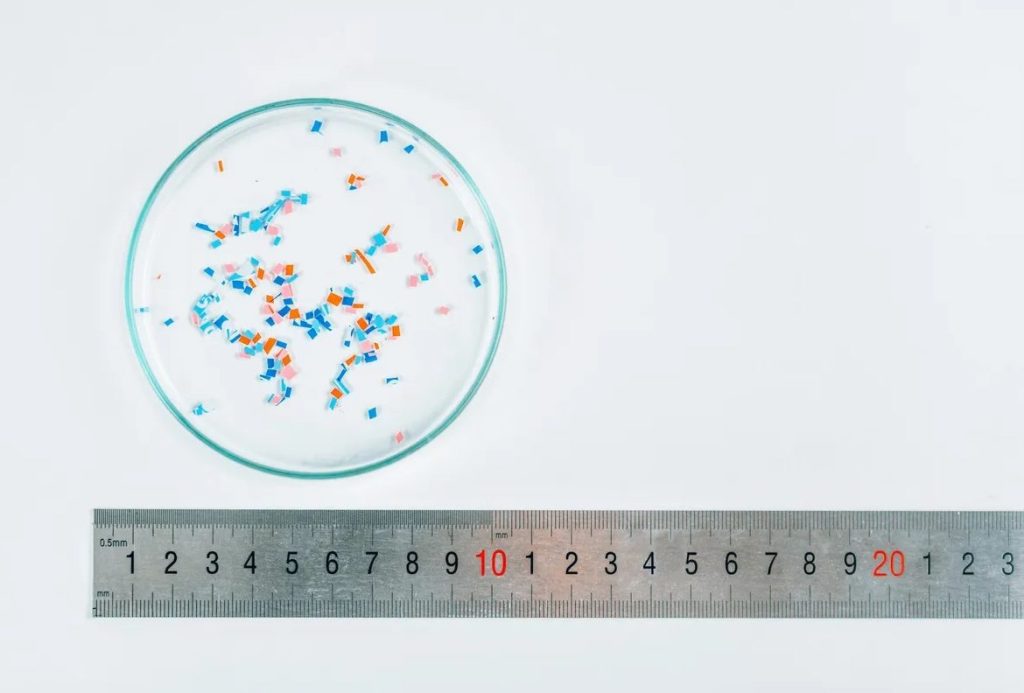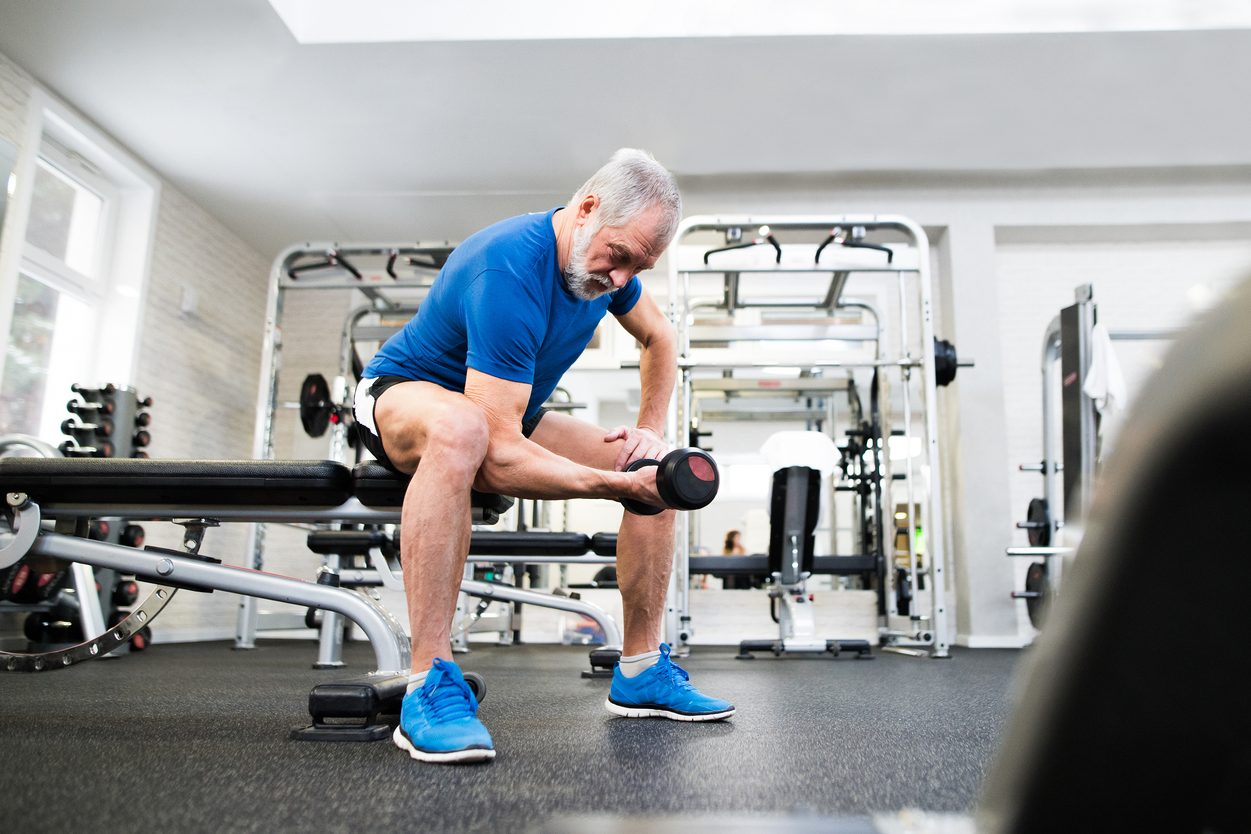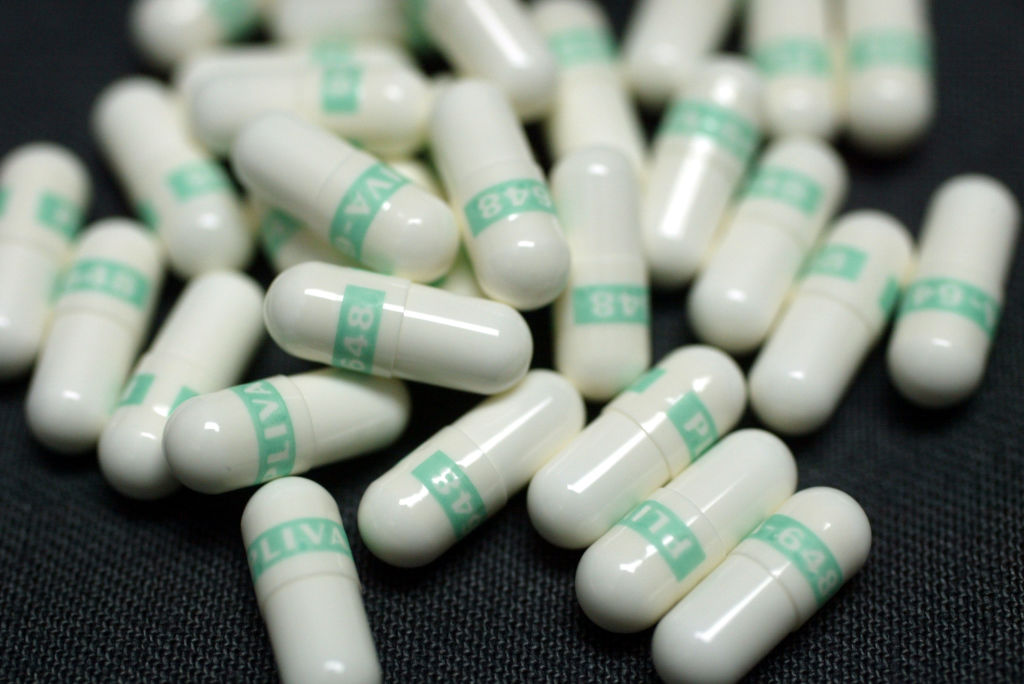They’re everywhere, it seems: in the oceans, the fish, the soil, our drinking water, our vegetables, our grains and cereals, our meat — even in us. Microplastics and smaller nanoplastics are tiny particles of plastic flubbage measuring less than a tenth of an inch that result from the degradation of plastic refuse, and according to recent news coverage the world is simply crawling with the stuff.
Anxiety might turn out to be the biggest health problem caused by microplastics
It’s getting everyone in a tizzy. On the one hand you can’t possibly avoid it, since it’s already more or less everywhere. But you must do something, the reports insist, or risk a plethora of terrifying health consequences: cancer, hormonal imbalance, diabetes, reproductive problems and more.
But before you start feverishly ridding yourself of ice cube trays and rubber spatulas, some nuance: nobody actually knows if they make you sick. A major 2016 study about microplastics poisoning fish — which made some people stop eating seafood — turned out to be fraudulent. Belgian scientists announced in 2017 that shellfish lovers could be consuming up to 11,000 plastic particles per year — but it turns out most people take in far more than that just by inhaling or swallowing tiny fibers in the air. Lab experiments have shown plastic particles can damage and even kill an individual cell, but less sensationalist reports admit the difficulty of determining whether they harm people any more than the billions of other particles in our food and air: dust, pollen and so on.
All the same, nobody wants to eat plastic. Popular wisdom recommends a number of measures to avoid the ubiquitous little particles. Will they reduce your microplastics levels? Probably not by much. But you may find yourself happier and healthier just the same.
First, say the experts, eschew bottled water. Plastic beverage containers are designed for convenience and cheapness, and it shows. Why not drink tap water out of a glass? Glass is beautiful, hygienic, and does not shed flubbage. It is also more civilized to drink an occasional glass of water than to tote around a day’s water-supply like a camel in fear of drought. Exceptions can, of course, be made for travel, sporting events, and those in precarious health.
Microwaving plastic or foam containers is on the no-no list, as the heat can cause some kinds of plastic to break down and emit nefarious chemicals into food. Instead, use glass or ceramic. Using real dishes to cook and serve food is also, despite the inconvenience of washing up, beneficial for self-respect and morale.
Plastic cutting boards come in for a lot of flak. Do little shavings from these boards make it into the food? Probably — but either way, switching to wooden cutting boards has nothing but benefits. Knife sharpening pros say plastic boards will destroy your Wüsthof blades. Wood is best, with the most sought-after cutting board being a maple end-grain chopping block. Plastic boards can also harbor pockets of bacteria in the grooves left by slicing, whereas wood is naturally antibacterial. And the warmth and grain of wooden cutting boards add to the atmosphere of any kitchen.
Clothing is another area where going traditional pays off. Acrylic, spandex and other manmade materials shed microplastic fibers into washing machines, which then roar in their billions down the drains and into the waterways of the nation on a daily basis. It’s hard to avoid these materials altogether, but opting for natural clothing and household linens is a choice that will enhance your life regardless. There’s no simulating a linen tablecloth, nothing that’s as nice on the skin as silk, and nothing as breathable, warm and durable as genuine wool. Expensive? Yes. But unlike many other expensive things, they’re worth it.
Highly processed foods are to be avoided, say the experts. What’s the solution? Cook at home! Use fresh ingredients to prepare meals made from scratch. Though sadly there are no guarantees, local meat, vegetables and dairy are more likely to have been produced to a high standard of quality. Even small improvements in the quality and taste of your meals can make you feel better and happier.
Should you boil and filter your tap water before using it for drinking or cooking? That’s a bridge too far in my opinion. A widely reported study from China has led headlines around the world to suggest boiling tap water for five minutes to make minerals crystallize around the microplastics, then filtering out these larger lumps. Given that microplastics might not actually be harming you, such a tedious practice seems more likely to feed OCD tendencies than make you healthy.
Indeed, anxiety might turn out to be the biggest health problem caused by microplastics. News coverage on the subject merrily blathers on about how they could cause cancer and they might be linked to hormonal balance and they may impact fertility — but then when you look into it, none of these things are even remotely proven. If worrywarts are looking for something to get anxious about, why don’t they look into the side effects of hormonal birth control — routinely prescribed to healthy girls for no reason other than their age, but with health risks just as scary as those imputed to plastics: cancer, stroke, heart and liver disease, reproductive damage, depression, weight gain, and more?
Sadly, it’s easier to obsess about invisible particles in drinking water than it is to reexamine the wisdom of popping synthetic hormones every day. Yet many hazards can be avoided simply by choosing to live in ways that have stood the test of time: fresh food over processed; wood, glass and ceramic over plastic; virtue over synthetic hormones; what’s good over what’s merely convenient.
This article was originally published on The Spectator’s UK website.


























Leave a Reply